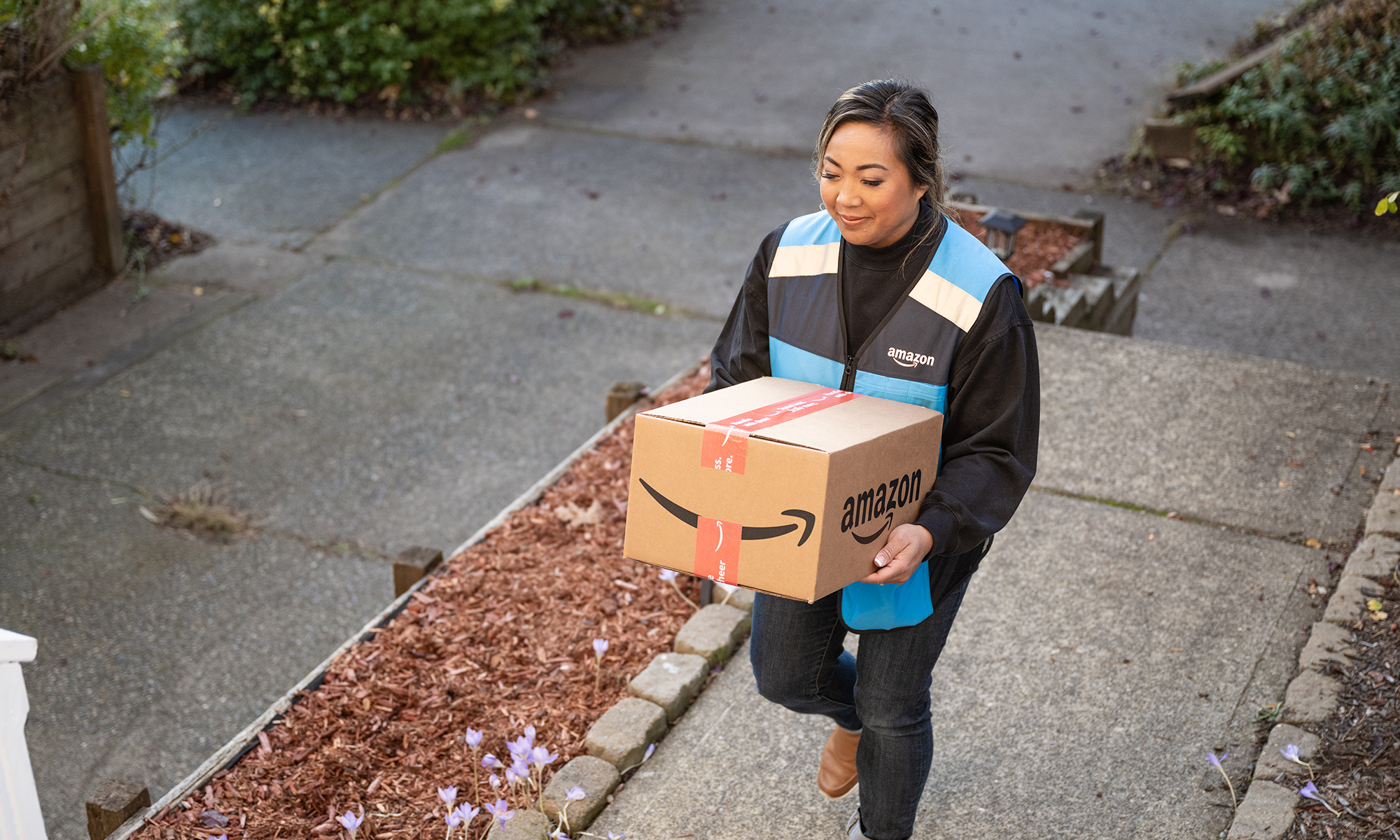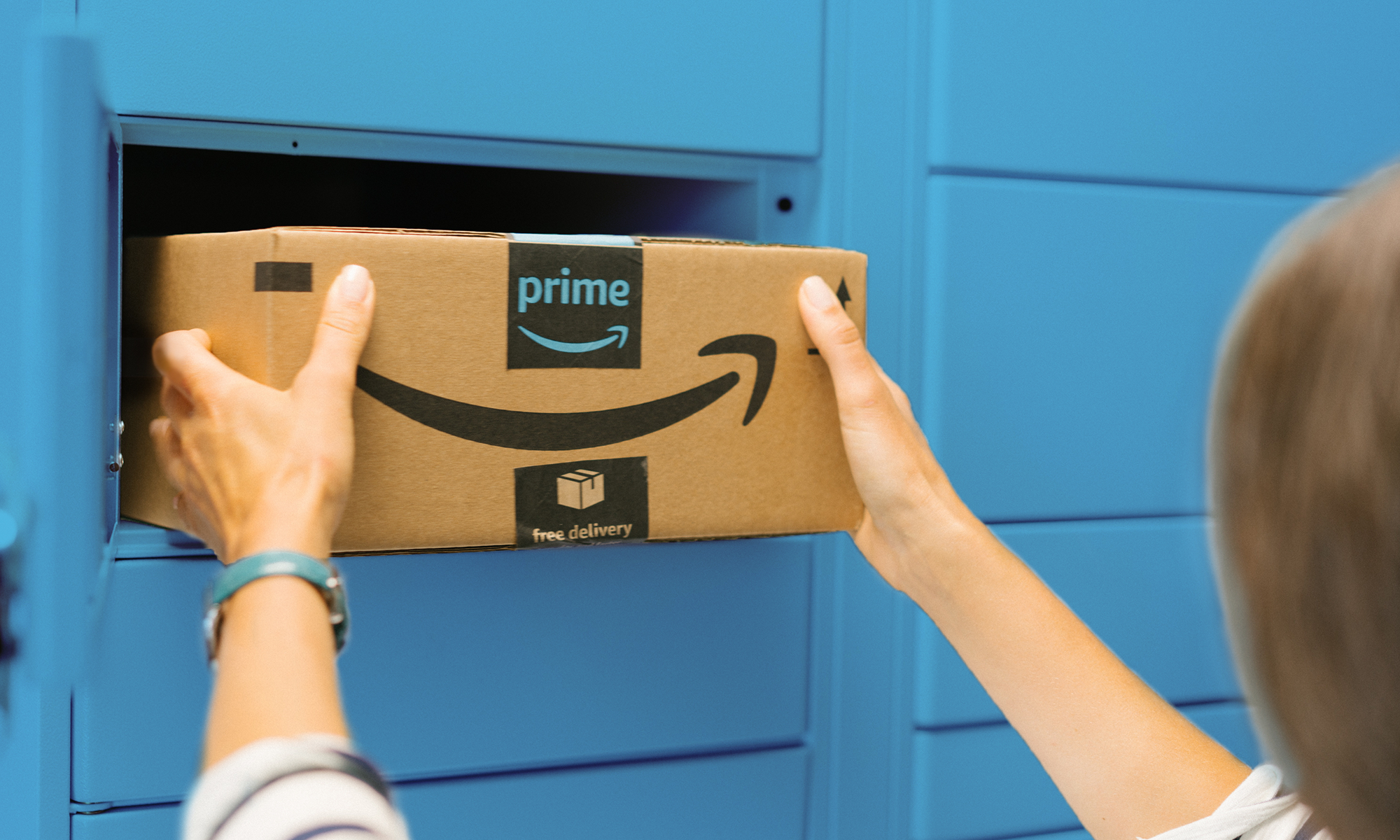Amazon (AMZN 0.24%) plans to launch over 100 new kiosks in malls across India by the end of the year, according to The Economic Times. The kiosks will sell its Kindle, Fire TV, and Echo devices, and could possibly pave the way for a broader brick-and-mortar expansion across the country.
Amazon opened its first kiosks in India two years ago and currently operates five kiosks in malls in Bengaluru, Mumbai, Ahmedabad, and Noida. It's reportedly looking for 70 to 80 square feet of floor space in malls for its new kiosks.

Image source: Amazon.
Amazon's decision to open more kiosks in India was somewhat surprising, since The Wall Street Journal recently reported that it would shutter all 87 of its similar pop-up shops in the U.S. by late April. But it wasn't unprecedented, since Amazon's e-commerce plans for India face tough new policies aimed at leveling the playing field. Let's see how Amazon's brick-and-mortar push addresses those issues.
Why India matters to Amazon
Three years ago, Amazon allocated $5 billion to its aggressive expansion in India, which included investments in joint ventures, infrastructure, and localized digital content. Today, Amazon and Walmart's (WMT +1.74%) Flipkart are the country's two largest e-commerce platforms.
Amazon is interested in India for two main reasons. First, it wants to expand its presence in higher-growth emerging markets as it runs out of room to grow in developed markets. India certainly fits the bill: Morgan Stanley estimates that over half of India's internet users will buy products online in 2026, compared to just 14% in 2016.
Second, Amazon wants to prevent two other major players -- Walmart and Alibaba (BABA 3.34%) -- from conquering the market first. Walmart paid $16 billion for Flipkart to become a market leader in India, and Alibaba has invested about $2 billion in mobile apps and e-commerce platforms in India to sow the seeds of future growth.
Check out the latest earnings call transcripts for Amazon and other companies we cover.
Amazon's predicament in India
Last December, the Indian government introduced new rules to curb the growth of foreign companies like Amazon, Walmart, and Alibaba in its e-commerce market.
The rules, which went into effect in February, ban online retailers from offering exclusive sales, selling products in which they own equity stakes, or offering special discounts and cash-back offers. Indian retailers are also banned from generating over 25% of their sales from a single online marketplace like Amazon or Flipkart.
The ban on exclusive sales prevents Amazon from partnering with big brands -- as it did with companies like Xiaomi in the past -- to launch platform-exclusive sales. The ban on first-party products prevents Amazon from selling its Kindle, Echo, and Fire TV devices (and other products that it has invested in) on its Indian marketplace.

Amazon Echo speakers. Image source: Amazon.
As of this writing, the rules don't seem to be aggressively enforced yet. The products still appear in Amazon's search results in India, but it's unclear how much longer they'll be offered.
How mall kiosks might help Amazon
Selling more Kindle, Echo, and Fire TV devices is a crucial long-term strategy for Amazon. The company sells most of those gadgets at paper-thin margins or losses, but they tether more users to its virtual assistant Alexa and its Prime ecosystem -- which locks in customers, generates more recurring revenue, and encourages shoppers to spend more money.
Amazon has about 10 million Prime customers in India, according to Entrackr. That's only a tenth of its 100 million Prime members in the U.S., according to CIRP. But Amazon has much more room to expand Prime in India, which has quadruple the population of the U.S. and a growing middle class.
Amazon's decision to expand its mall kiosks from just five locations to over 100 highlights the importance of that strategy. If it can't sell its Kindle, Echo, and Fire TV devices online, it will take the gadgets offline and into malls.
It's not an ideal setup for Amazon, since running those kiosks costs more than simply selling its gadgets online. But it could help the company acquire more Prime members, and Amazon could use the kiosks to gauge consumer interest in other brick-and-mortar initiatives, like its Amazon Go, Amazon Books, and 4-Star stores in the U.S.








